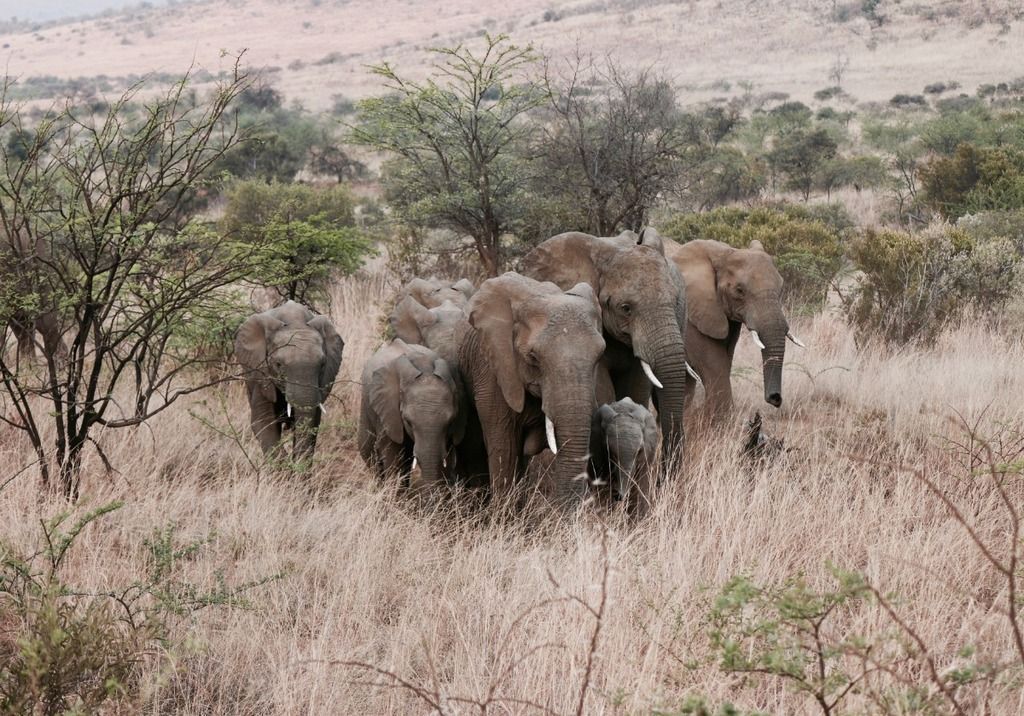What is behavior?
What is behavior? Behavior is a fundamental aspect of human and animal life. In scientific terms, behavior is a subject of study within the field of behavioral research, which aims to understand different behaviors.
Posted by
Published on
Fri 03 Mar. 2023

Behavior is a fundamental aspect of human and animal life, and includes patterns of behavior, reactions, and activities that individuals or groups exhibit in relation to their environment. The term 'behavior' refers to the observable and measurable activities of humans and animals, ranging from simple reflexive actions to complex cognitive processes.
What is behavior?
Simply put, behavior is all about exploring and discovering why we do the things we do. In scientific terms, behavior is a subject of study within the field of behavioral research, which aims to understand the causes, mechanisms, and consequences of different behaviors.
Scientists observe and study different behaviors to learn what makes us behave the way we do. It includes a wide range of fields, such as psychology, neuroscience, animal behavior and ethology, sociology, and anthropology.
Types of behavior
When it comes to behavior, it can take on various forms and types, each with its unique characteristics and significance. It can be influenced by a multitude of factors, such as genetics, environment, learning, social interactions, and physiological processes. Understanding the different types of behavior allows researchers to examine and analyze behavior from various perspectives.
Behavior can be categorized into different types, including overt behavior (observable actions), covert behavior (internal mental processes), and social behavior (interactions between individuals). Let's dive a little deeper into the different categories of behavior studied in scientific research:
1. Overt Behavior
Overt behavior refers to observable actions or activities that can be directly seen and measured. These behaviors can include physical movements, gestures, vocalizations, or any other visible manifestations.
For example, a person walking, a dog barking, or a child raising their hand in a classroom are all examples of overt behaviors. By studying overt behavior, researchers can examine the actions and responses individuals exhibit in different situations.
2. Covert Behavior
Covert behavior, also known as internal behavior, refers to the mental processes and activities that occur within an individual's mind and are not directly observable. These behaviors encompass cognitive processes like thinking, memory, perception, problem-solving, and decision-making.
While we cannot see these behaviors directly, their influence can be inferred through observable actions and external indicators. Psychologists and neuroscientists employ various methods, such as neuroimaging techniques, to study covert behaviors and understand the underlying cognitive processes.
3. Social Behavior
Social behavior involves interactions and relationships between individuals or groups. It encompasses a wide range of behaviors, including communication, cooperation, aggression, affiliation, empathy, and altruism.
By studying social behavior in either animals or humans, researchers aim to unravel the dynamics of social interactions, the formation of social bonds, and the impact of social factors on individuals' behavior and well-being. Social behavior is of particular importance in research fields such as sociology, anthropology, and animal behavior studies.

Elephants are known for their social behavior and strong family and social bonds.
Measuring and studying behavior
The study of behavior involves observing, describing, and measuring behavioral patterns displayed by individuals or groups, as well as investigating the underlying mechanisms and processes that drive them.
Researchers use various methods and techniques, such as observations, and experiments. When studying human behavior researchers can also use surveys or physiological measurements to collect data and analyze behavioral phenomena.
You might want to read: Why measuring behavior is awesome (+3 examples to prove it)

By studying behavior, we gain valuable insights into the fascinating world of human and animal life, enabling us to better understand ourselves and the intricate tapestry of behavior that shapes our existence.
Understanding behavior
Understanding behavior is crucial for gaining insights into how organisms interact with their surroundings, adapt to changes, make decisions, and navigate social relationships. It allows researchers to explore topics such as motivation, cognition, emotion, learning, development, and social dynamics.
By studying behavior, scientists can unravel the complexities of human and animal life, shedding light on the mechanisms that drive behaviors, identifying factors that influence behavior, and developing interventions or treatments for behavioral disorders. It helps us comprehend the intricacies of our own actions and those of other living beings, ultimately contributing to a deeper understanding of ourselves and the world we inhabit.
Reading tip: Understanding behavioral psychology with The Observer XT
RESOURCES: Read more about The Observer XT
Find out how The Observer XT is used in a wide range of studies and how it can elevate your research!
- Free white papers
- Customer success stories
- Featured blog posts
To summarize
In short, behavior refers to the actions and reactions of individuals or groups that can be observed and measured. Behavioral research helps us uncover why people act the way they do, exploring the causes, processes, and outcomes of behavior in different settings.
By looking at various types of behavior—what we think, what we do, and how we interact—researchers gain a deeper understanding of how people function. These insights not only reveal the complexities of human and animal behavior but also drive progress in fields like psychology, education, and healthcare, helping us better understand the world.
LET'S TALK
Start your journey with us today! Get in touch if you want to:
- Advance your behavioral research
- Get expert guidance
- Profit from our 35+ years of experience
Want to read more on human and animal behavior research?
You might want to read one of these articles that we've published on our Behavioral Research Blog:
Related Posts

What, Why and How to learn in a museum

Top 10 best human behavior research blog posts in 2019
